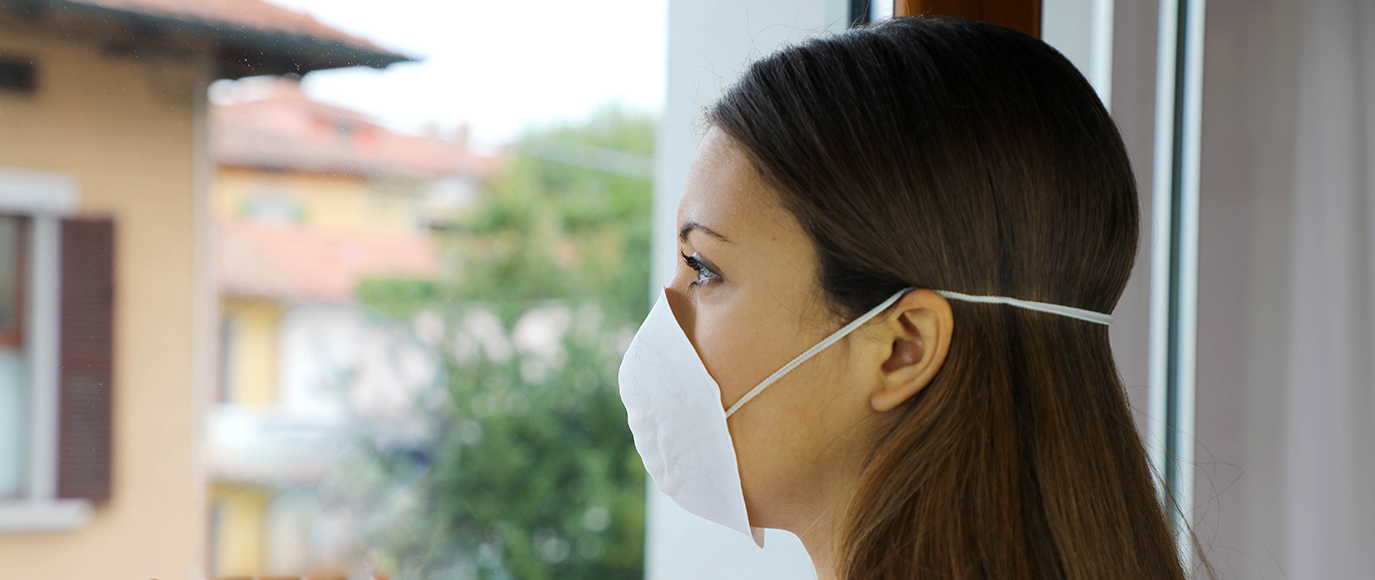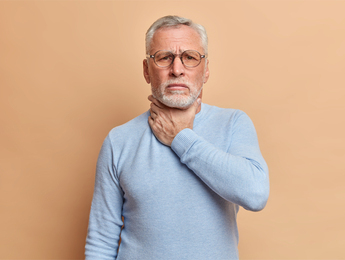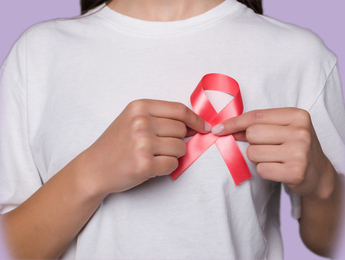The world is witnessing an unprecedented global pandemic caused by COVID-19 which continues to threaten not only the vulnerable section of the society like the aged and those with decreased immunity but is also significantly affecting the younger population. The problem is not just the sequelae of lung involvement but also varied other aspects like clotting occurring in the arteries of the lung, arteries of the brain, veins in the leg and venous sinuses in the brain, causing deep vein thrombosis, pulmonary embolisms, and arterial and venous strokes in the brain.
Apart from this, a dysregulated immune response causing a cytokine storm and other serious consequences leading to death are now very well known. What is also unusual about this disease is the varied immunological manifestations like limp paralysis of arms and legs (Guillain Barre syndrome), facial paralysis with asymmetry, cranial nerve palsies causing double vision, drooping of the eye, and muscle involvement (myositis).
We, at SPARSH Hospital, have noted quite a few peripheral nerve palsies presenting with foot drop (inability to extend the foot) in patients recently affected or recovering from COVID-19 where their routine blood work is negative for any connective tissue disease and there is no spinal or peripheral cause of nerve compression.
We have seen patients presenting with large artery strokes affecting the internal carotid artery (ICA), middle cerebral artery (MCA), or basilar artery. A lot of times, these patients may not have the typical COVID-19 symptoms to alert us of the possibility of post-COVID-19 strokes. Rapid antigen testing or RT-PCRs done in ERs uncover the presence of COVID-19 in a person. Emergency protocols have to be followed in accordance with current stroke guidelines, of IV clot-buster usage within 4.5 hours and mechanical clot extraction within 6-7 hours and sometimes more, based on perfusion data by following isolation protocols and wearing a full PPE kit. Mechanical clot extraction has helped recover large clots, showing the increased risk of clotting in the post-COVID-19 scenario even in young individuals without known risk factors like diabetes, hypertension, high cholesterol levels and smoking. Hence as a protocol, based on D-dimer blood levels and other inflammatory markers, we are following anticoagulation (blood thinners) for a short duration for non-stroke patients who are recovering from COVID-19.
We have been seeing a significant number of patients in ICUs with acute febrile illness with acute confusional state, drowsiness, seizures (fits) and altered sleep-wake cycles. Both COVID-19 encephalitis (elevated IL-6 in cerebrospinal fluid) and encephalopathy due to COVID-19 (with minor or no changes in CSF) are not uncommon. A lot of such recovered patients present with memory impairment, delayed reaction time, confusional state, decreased executive functions (commonly referred as brain fog) extreme fatigue, mild imbalance or difficulty walking, with a normal brain scan and no other causes identifiable on blood testing. One hypothesis is the existence of prolonged COVID-19 encephalopathy in such patients. A possibility of a post-viral immune phenomenon cannot be ruled out. These are amongst the few neurological problems we have been seeing commonly. We have to be more careful of immune-mediated and neurological complications as more and more people contract the virus in the future. As we continue to learn more about this virus, more effective treatment strategies are likely to evolve in the future.
On this World Stroke Day, let us take the pledge to quit a sedentary lifestyle, eat a healthy and balanced diet, exercise regularly, get the risk factors like high blood pressure, high cholesterol and high blood sugar under control, quit alcohol or significantly cut down on it and quit smoking completely. Sitting is now the new smoking, which is why the theme of this year’s World Stroke Day is “Join the Movement,” and to dance like no-one’s watching, make a video and recommend others to do the same.
1 in 4 of us are likely to have a stroke in our lifetime. Let’s prevent it by ‘joining the movement’ and inspiring others to do the same. Let us also remember to follow social distancing norms, wear face masks properly, avoid crowded places and stick to the pandemic norms laid down by the government.







